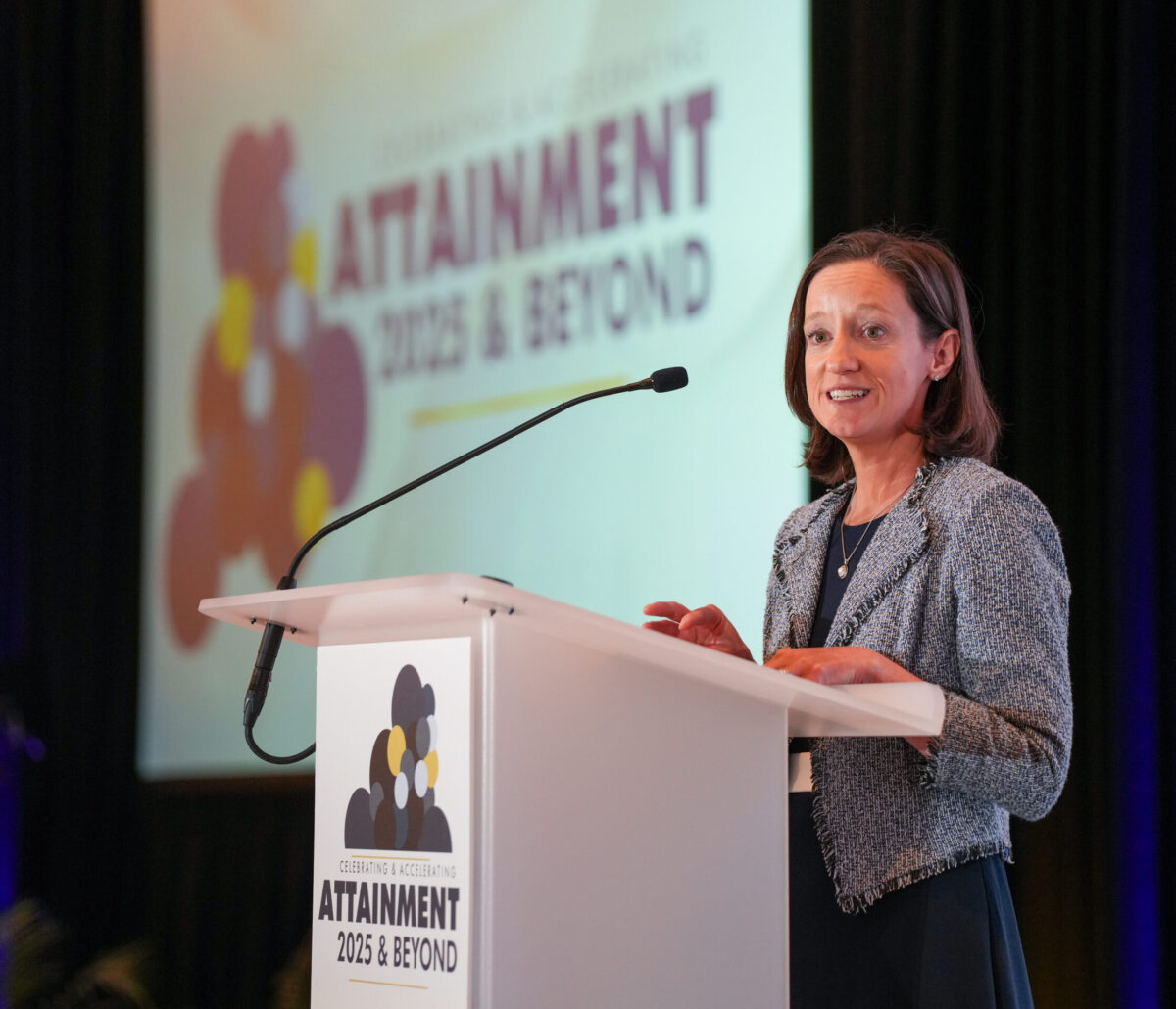Is College Worth It? Recent Analysis Says Yes
Published Jun 22, 2023
By Jessica Blake
College degrees have historically been known as a primary path to economic mobility, but when the value of a degree is based on the institution awarding it—and on demographics such as race, gender and income level—the financial feasibility and the return on investment isn’t always guaranteed.
As tuition continues to rise and enrollment continues to drop, the debate over the value of a college degree continues.
According to a report released by the Institution for Higher Education Policy Wednesday, a college degree still has value for about 93 percent of students. The analysis shows that for the majority of students, especially those attending a public institution, having a college degree leaves them better off financially in comparison to peers who did not pursue postsecondary education. About 2,400 institutions, enrolling about 18 million undergraduates nationwide, reach a minimum level of value return that makes the cost of college worth the investment, the report says. However, another 500 institutions, enrolling nearly 1.5 million undergraduate students, do not meet the same standard.
Building on the work of the Postsecondary Value Commission, a team of higher ed experts aiming to define and measure college value, the report uses public data to estimate the number of colleges nationwide that provide a “minimum economic return.” It also suggests policy changes, such as doubling the federal Pell Grant and implementing free college programs, that could increase education equity by improving college affordability.
The minimum economic return measured in the report is referred to as Threshold 0. Institutions meet Threshold 0 if their students earn at least as much as a high school graduate, plus enough to recoup their investment in college, within 10 years. That threshold is within reach for about 83 percent of colleges, according to the report. The percentage is even higher for two- and four-year public institutions, 89 percent and 97 percent, respectively. The typical postgraduation earnings for alums of such institutions are about $8,981 above the threshold minimum.
The results of the analysis refute growing public perceptions that a college education or degree is not as valuable as it once was. Diane Cheng, IHEP’s vice president of research and policy and a lead author of the report, said the findings align with past research.
Cheng noted that some of the public doubt about college may stem from people not being aware of the data on return on investment and that others may define college value differently.
“Some people’s perception on value is not just about the minimum economic return, but also about thinking about earnings mobility, thinking about earnings parity,” she said.
The report recommends two key policy changes at the federal level: doubling Pell Grants and implementing “first-dollar” free college programs that provide and apply full tuition grants before any other scholarships students may receive. The analysis shows that both suggestions would increase the number of institutions that meet the threshold by 95 institutions and 44 institutions, respectively.
“Ultimately, postsecondary value benefits society writ large. The benefits that individuals receive from a college education flow down to their communities, to their families, to their economies. Creating investments that improve affordability to improve postsecondary value is really something that benefits everyone,” Cheng said.


